
On the afternoon of July 10, at a socio -economic press conference, the Ho Chi Minh City Department of Home Affairs said that in the first 6 months of 2025, the city recorded 96,795 cases of unemployment benefits; of which, women accounted for 53.3%. Compared to the same period in 2024, the number of workers receiving unemployment benefits decreased by more than 20.6% (a decrease of 25,205 cases).
According to the Department of Home Affairs, the decrease in the rate of unemployment benefit applications marks a positive step in stabilizing the labor market, and also shows a shift in supporting workers, from only receiving benefits to combining vocational training and finding jobs more effectively.
Meanwhile, the number of cases in need of and receiving vocational training support is 3,523 people, an increase of 5% (equivalent to 169 people) compared to the same period. This shows that workers are more interested in training to improve their skills to adapt to the needs of businesses and enhance their own professional value.
Regarding the labor market, in the first 6 months of 2025, the labor market demand in 3 regions: Ho Chi Minh City (old), Binh Duong (old), Ba Ria - Vung Tau (old) has many positive changes in both labor supply and labor demand. Recruitment needs mainly focus on industries such as: Sales, marketing, garment, leather shoes, wood, mechanics, electronic assembly.
According to the assessment of the Employment Service Centers (under the Department of Home Affairs of Ho Chi Minh City), in 3 regions (Ho Chi Minh City, Binh Duong, Ba Ria - Vung Tau), in the third quarter of 2025, the expected recruitment demand at enterprises is about 85,000 - 90,000 people. Regarding professional qualifications, unskilled labor still accounts for a high proportion with about 58% of the total demand, concentrated in the textile, footwear, and simple assembly industries.
On the labor demand side, recruitment demand is expected to be stable as in the first months of the year. On the labor supply side, it is expected to increase due to workers from newly merged areas in the province, creating a more abundant human resource for the market. However, during the transition period, there may be a temporary imbalance due to labor migration, changes in occupational structure and new skill requirements from businesses.
Besides, the transition process also poses certain challenges regarding the mismatch between workers' existing skills and new requirements from businesses.
Source: https://hanoimoi.vn/tp-ho-chi-minh-so-lao-dong-huong-tro-cap-that-nghiep-giam-sau-708697.html






![[Photo] Cat Ba - Green island paradise](/_next/image?url=https%3A%2F%2Fvphoto.vietnam.vn%2Fthumb%2F1200x675%2Fvietnam%2Fresource%2FIMAGE%2F2025%2F12%2F04%2F1764821844074_ndo_br_1-dcbthienduongxanh638-jpg.webp&w=3840&q=75)














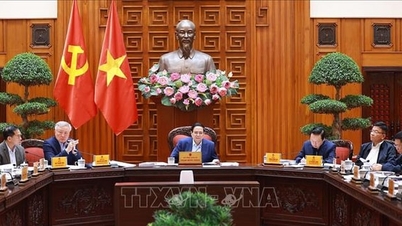

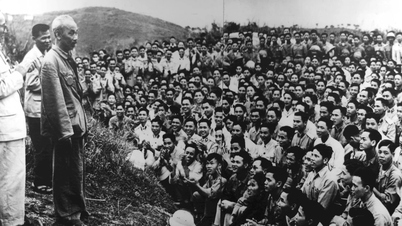

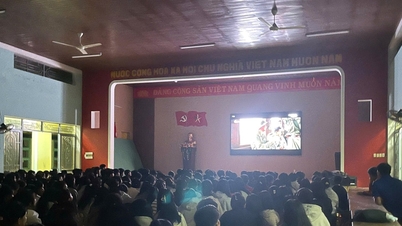


























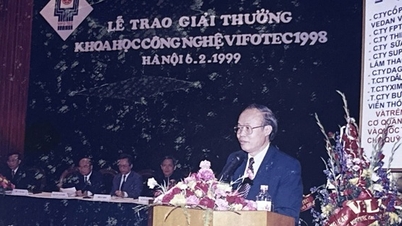





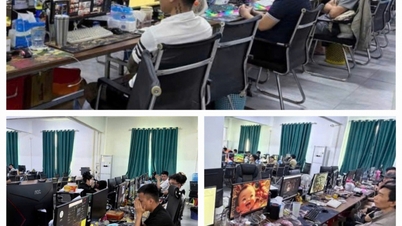


























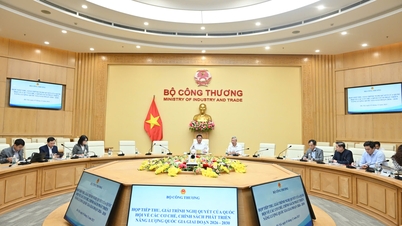

























Comment (0)